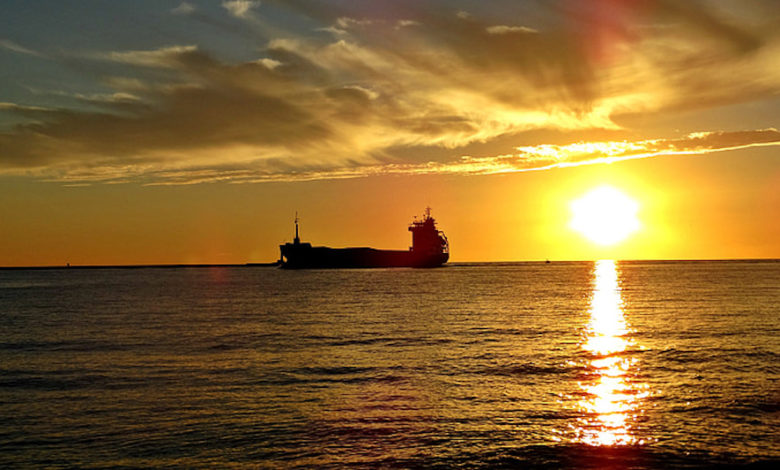Trafigura debuts commodity supply chain emissions calculation platform

Commodity trading giant Trafigura has teamed up Denver-headquartered Palantir Technologies to bring to market a platform for carbon emissions calculation, reporting and collaboration across commodity supply chains.
“A consortium approach enables participants across global energy and commodities supply chains to model lifecycle carbon intensities and allows industry participants to work together for enhanced visibility and reporting,” Trafigura explained in a release.
The platform aims to increase transparency of emissions from the production, transformation and transportation of commodities across the supply chain.
Palantir’s Foundry operating system will be configured to provide consortium partners with a calculation of carbon intensity across supply chains, beginning with crude oil and refined products, and concentrates and refined metals.
The announcement builds on the work already done over the past year by Palantir and Trafigura, with the initial pilot already having built scenarios across 10m carbon pathways using actualised commodity shipments by integrating Trafigura data and metrics supplemented by third-party data.
“Our customers are increasingly asking us for visibility into the lifecycle emissions of the commodities we move as they prepare for regulated Scope 3 emissions reporting and more generally for net zero,” said Jeremy Weir, Trafigura’s CEO. “The complexity involved in commodity supply chains requires robust cooperation across the industry and a technological solution that can enable meaningful decisions and change.”
